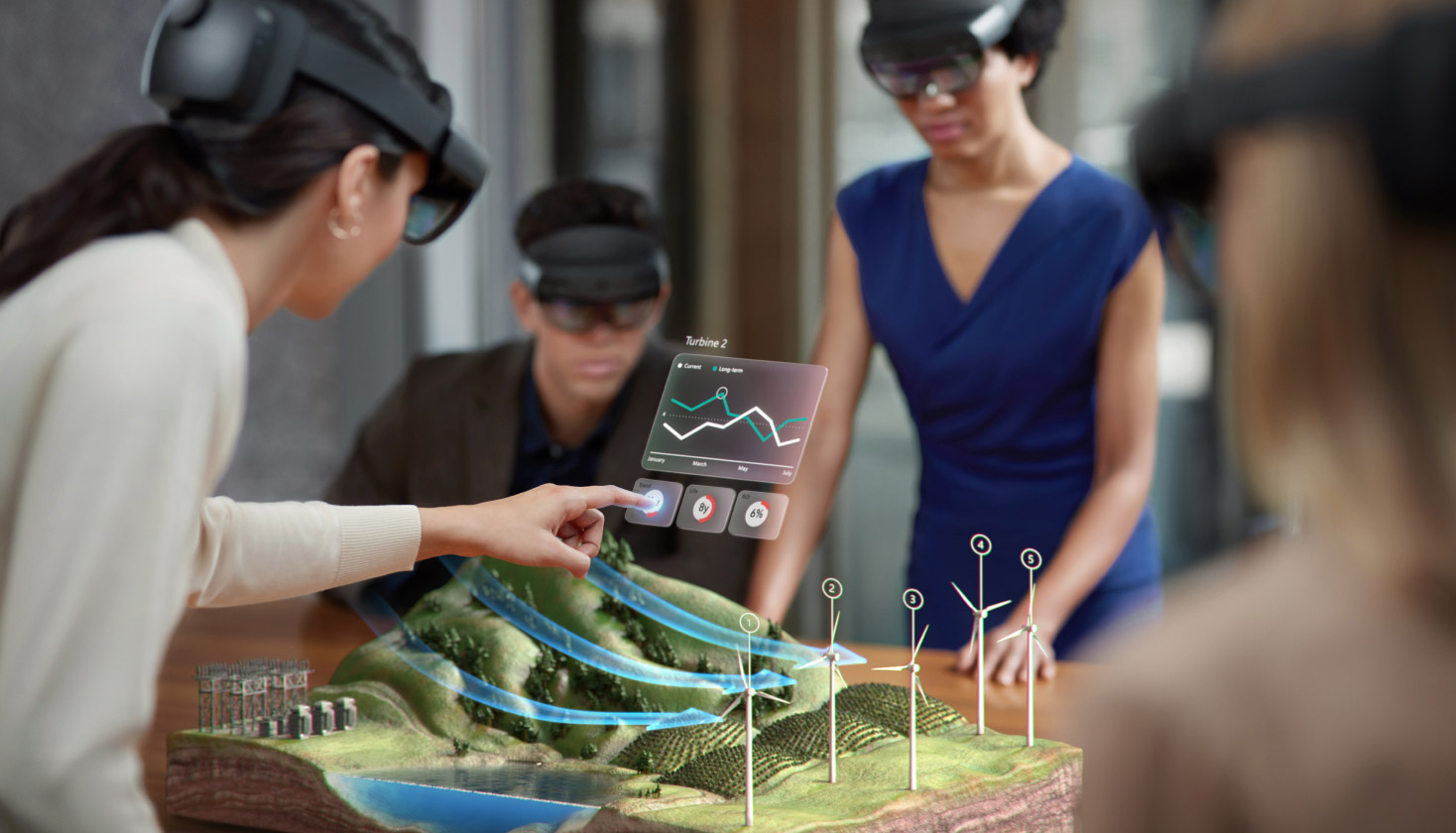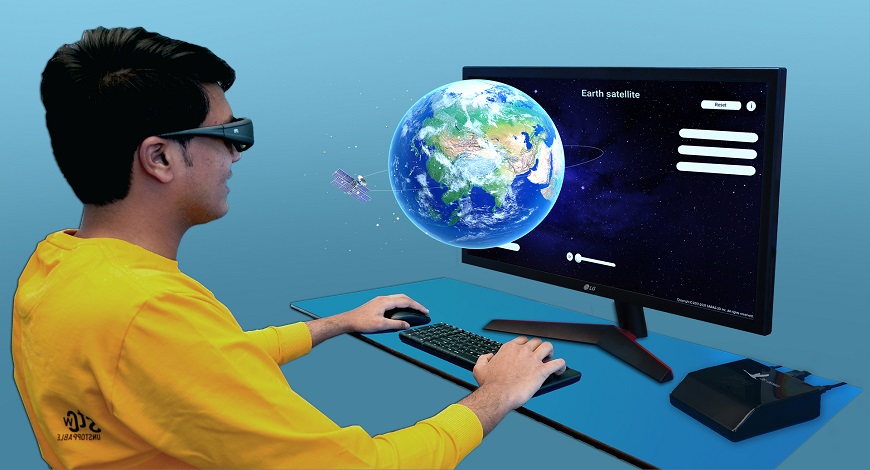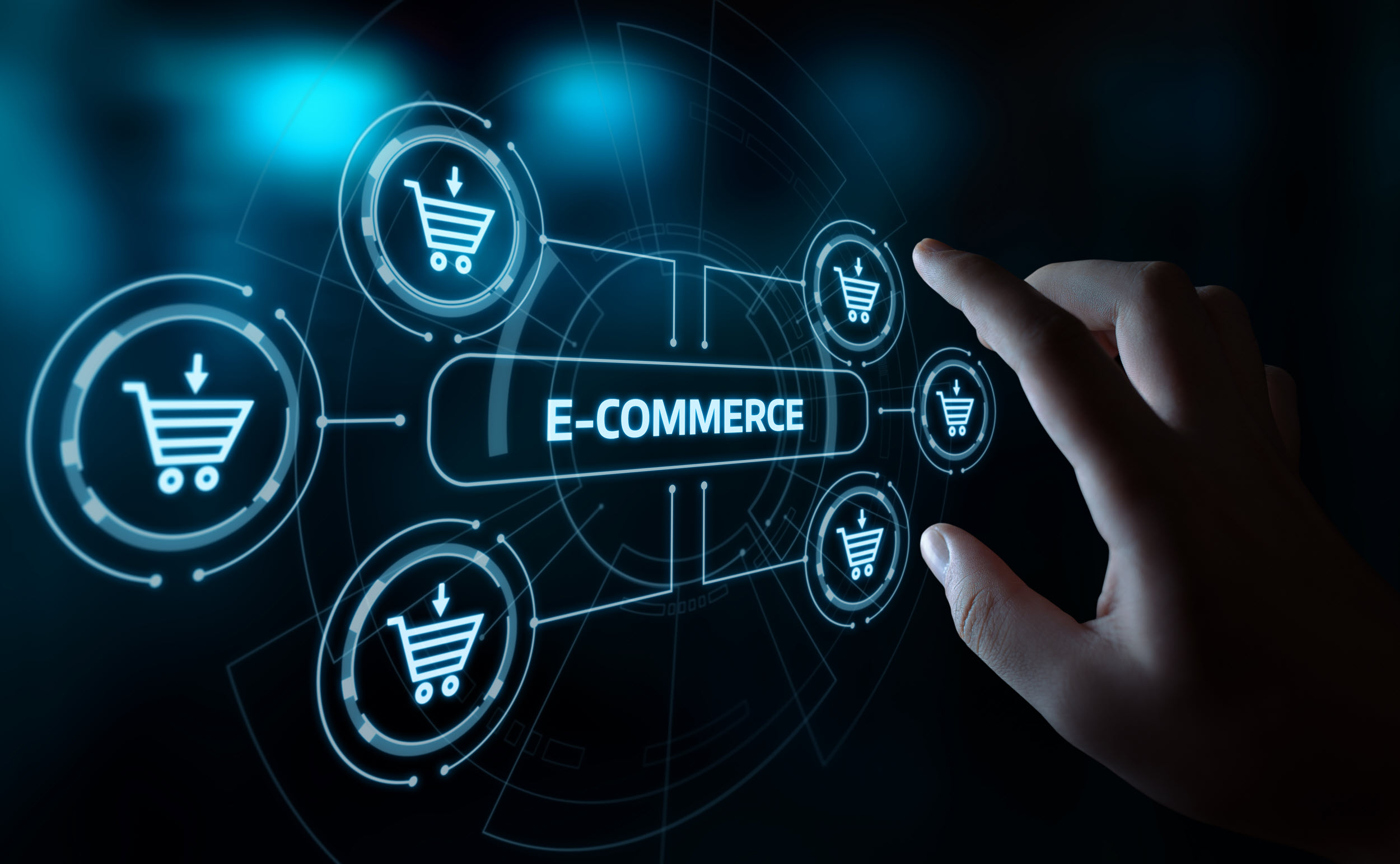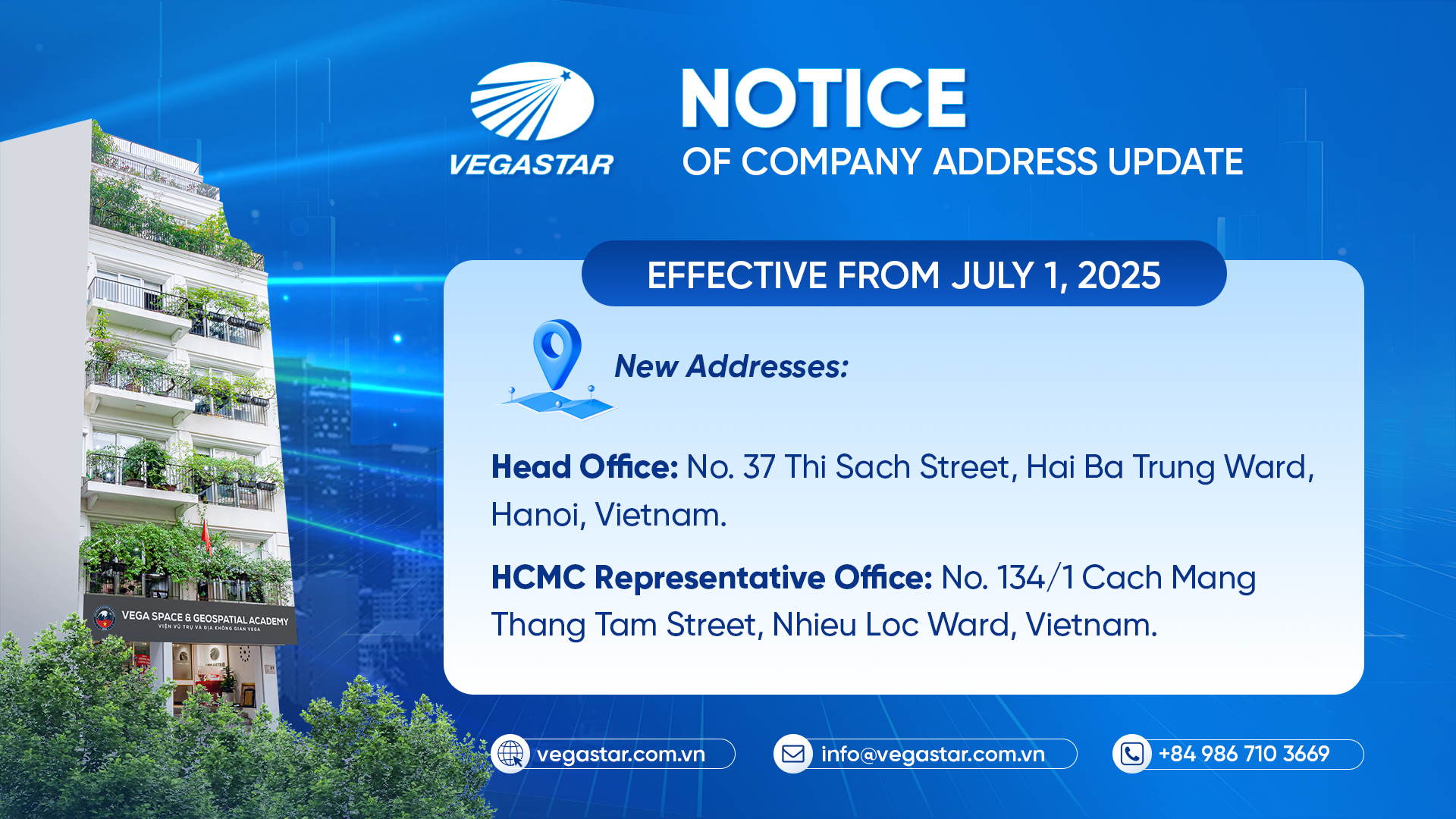The e-commerce sector has experienced rapid growth in recent years and doesn’t appear to be slowing down. Online shopping has grown significantly in importance in people’s daily lives as a result of technological improvements, giving them the ease of purchasing from the comfort of their homes. There are a number of technological advancements in electronic commerce that are poised to transform the sector as 2023 draws closer.
Augmented Reality (AR) and Virtual Reality (VR)
Although virtual reality and augmented reality technologies have been around for a while, we may anticipate a significant increase in their use in e-commerce in 2023. By enabling shoppers to see things in a virtual setting, AR and VR offer an engaging shopping experience. These technologies can be used by retailers to build virtual showrooms where customers can view and interact with products in a three-dimensional setting. Customers can virtually try on clothing and accessories by using AR and VR to create virtual try-on experiences. Both the number of returns and consumer interactions can be improved by using these technologies.

Artificial Intelligence (AI)
Another technological advancement that is expected to revolutionize online shopping this year is artificial intelligence. By making individualized recommendations based on a customer’s browsing and purchase history, AI can be utilized to enhance the customer experience. Several facets of e-commerce, including customer support and inventory management, can be automated using AI. Retailers can offer dynamic pricing, which changes the price of products based on supply and demand, and utilize AI to optimize their pricing strategy. Shops may be able to lower expenses, boost productivity, and improve customer service with the aid of these abilities.
3D Technology
Giving buyers a true picture of the products poses a huge difficulty for electronic commerce. As a result, the usage of three-dimensional technology to generate an effective 3D model viewer will likely expand in 2023. Customers will be able to zoom in and out, spin, and see products from various angles with the use of these viewers, giving them a realistic image of the goods. Buyers will use this technology to make more informed purchases and fewer products will need to be returned. These model viewers can also aid shops in boosting consumer satisfaction and conversion rates as a result.

Chatbots and Voice Assistants
Throughout the year, more online shops are likely to start using chatbots and voice assistants because they are getting more and more popular in the industry. Customers can receive prompt, individualized solutions to their inquiries via chatbots. Visitors can utilize voice commands to interact with voice assistants that will help them to navigate a website or place an order. Users can receive product recommendations, sale and promotion alerts, and other information through chatbots and voice assistants. The workload of customer service employees can be decreased significantly and merchants’ ability to offer 24/7 customer support increased with these technologies as well.
Mobile Commerce
Since mobile commerce has been gradually expanding in recent years, more shops should start using mobile-first strategies. Retailers must make sure that their websites are mobile-friendly and optimized for mobile devices because the majority of online buying is done on these devices. The adoption of mobile commerce technologies like Progressive Web Apps (PWA) and Accelerated Mobile Pages (AMP) by merchants is set to increase. Customers may browse and buy things even while they’re offline thanks to PWAs’ seamless mobile experience. The customer experience is enhanced and the risk that customers may abandon their shopping carts is decreased thanks to AMPs’ quicker loading times for mobile web pages. Retailers who invest in mobile-friendly solutions will have a competitive advantage as mobile commerce continues to develop.
Cryptocurrency and Blockchain Technology
In 2023, we can anticipate seeing a rise in the use of cryptocurrencies and blockchain technology in e-commerce due to their increasing popularity in recent years. Customers can make payments using cryptocurrency, which offers a more private and secure method of doing business. From the manufacturer to the consumer, the complete product supply chain may be tracked using blockchain technology. By lowering the risk of counterfeit goods, this technology can assist businesses in ensuring the authenticity of their products. Additionally, by utilizing these technologies, both companies and consumers may experience greater transparency and confidence.
In conclusion, the e-commerce sector is always changing, and in 2023, we can anticipate a number of technological advancements that will completely change this industry. Retailers who use the technologies mentioned above will have a competitive advantage, improving the shopping experience for customers while boosting productivity and profitability.














